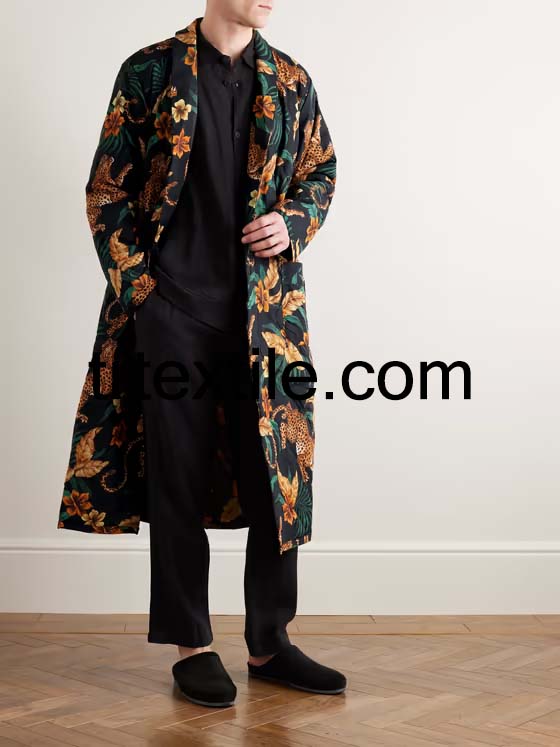Pajamas are a type of clothing that are typically worn for sleeping or lounging around the house. They are made of soft, comfortable fabrics and come in a variety of styles and designs. The production of pajamas involves several steps, including designing, cutting, sewing, and finishing. In this article, we will discuss the production model of pajamas.
The production model of pajamas can vary depending on the manufacturer and the type of pajamas being produced. However, there are some common steps that are typically involved in the production process.
The first step in the production of pajamas is designing. Designers create sketches and patterns for the pajamas, taking into account factors such as fabric choice, sizing, and style. Once the designs have been finalized, the next step is cutting.
In the cutting phase, the fabric is laid out and cut according to the patterns created by the designers. This step requires precision and accuracy to ensure that the pieces of fabric are cut correctly and match up with each other. Once the fabric has been cut, it is ready for sewing.
Sewing is the next step in the production process. The cut pieces of fabric are stitched together to create the final product. This step involves using sewing machines and other equipment to join the fabric pieces together. Once the pajamas have been sewn together, they are ready for finishing.
Finishing involves adding any final touches to the pajamas, such as buttons, zippers, or decorative trims. This step also includes quality control checks to ensure that the pajamas meet the manufacturer’s standards for quality and durability. Once the finishing touches have been added, the pajamas are ready for packaging and distribution.
There are several different production models that can be used for the production of pajamas. One common model is the traditional production model, where all of the steps in the production process are completed in-house by the manufacturer. This model allows for greater control over the production process and ensures that the final product meets the manufacturer’s standards for quality.
Another production model that is commonly used for pajamas is the outsourced production model. In this model, some or all of the production steps are outsourced to third-party manufacturers. This can help to reduce production costs and increase efficiency, but it can also result in less control over the production process and quality of the final product.
Overall, the production model of pajamas involves several steps, including designing, cutting, sewing, and finishing. There are different production models that can be used, depending on the manufacturer’s preferences and goals. Regardless of the production model used, the goal is always to create high-quality, comfortable pajamas that customers will love to wear.




